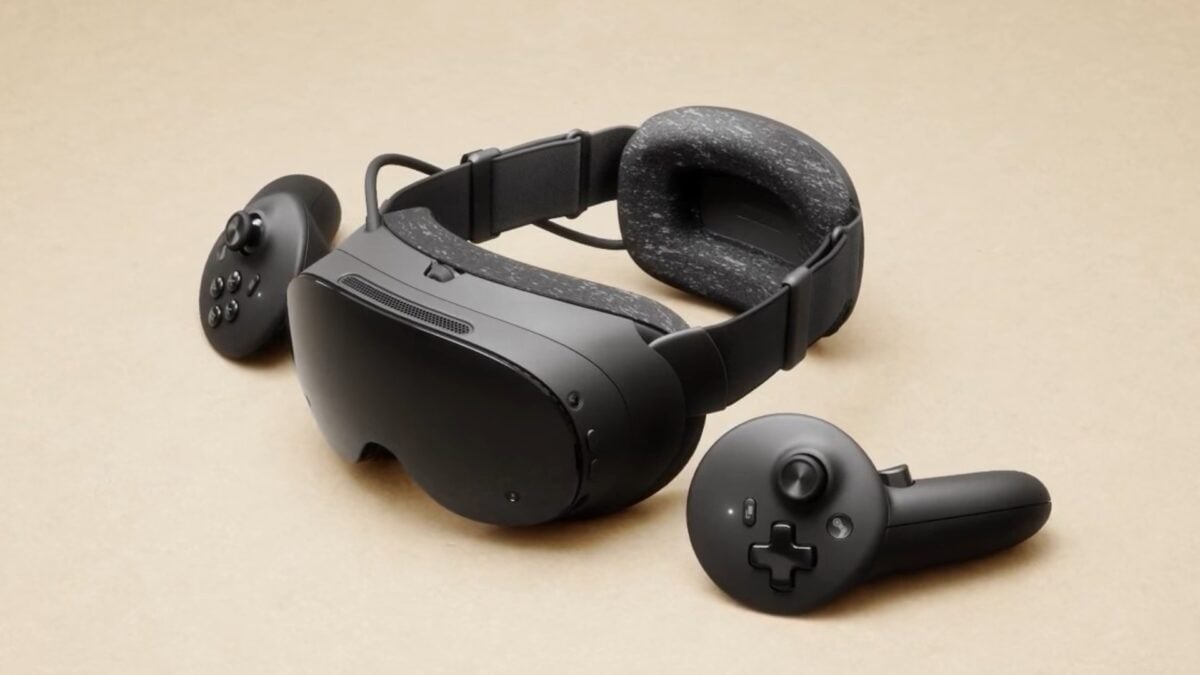Finally, Valve’s new headset is here. The maker of Steam Deck has finally unveiled its long-rumored “Deckard” headset to accompany its Steam Machine console, which is actually called the Steam Frame. While the VR/XR headset field is now filled with big names like Apple, Meta, and most recently Samsung, Valve hopes to carve out a niche after Sony and its PSVR 2 by making the Steam Frame more about gaming than anything else.
The Steam Frame, which is wireless unlike 2019’s Valve Index, obviously takes advantage of Steam extensively, and can stream your entire Steam library. Naturally, that means the Steam Frame is for VR gaming, obviously, but also for non-VR gaming, if you just want to put a headset on and use it as a big old virtual screen.

If you saw “streaming” and rolled your eyes, I don’t blame you. Anyone who has ever streamed a game knows that the experience can be intense depending on your connection and how stable it is. But before you write off Steam Frame, it’s worth considering that Valve has gone to some lengths to ensure that its Steam Frame provides a serviceable streaming experience. A 6GHz dongle is included with Steam Frame that uses two different radio signals to make the connection more stable. One of them is dedicated to radio streaming audio and graphics, while the other is for your Wi-Fi router. According to Valve, this setup also helps ensure that there is no competition for bandwidth.
This isn’t the only trick Valve has used to optimize the streaming portion of Steam Frame. Valve says its headset will also use something called foveated streaming, which takes advantage of eye tracking to optimize the part of the screen you’re actually looking at. Valve claims this technology provides “10x improvement in image quality and effective bandwidth” compared to standard streaming, and it’s all happening “behind the scenes” and “without you noticing.” On the surface, this seems like a pretty simple way to elevate the streaming experience, but obviously, we’ll have to test it out ourselves before declaring it a success.
If streaming isn’t your thing, Steam Frame also supports standalone play. The headset runs SteamOS and is powered by a Snapdragon 8 Gen 3 chip along with 16GB of RAM. It has 256GB and 1TB storage options, and can be expanded with an optional microSD card. Valve doesn’t give battery life estimates, but it does say that the Steam Frame uses a 21.6Wh battery that charges via USB-C. As far as weight is concerned, Valve has the Meta Beat. The Steam Frame is 440 grams with the main headset and headstrap, while the Quest 3 is 515 grams with both.
Inside the Steam Frame, Valve is using custom pancake lenses that offer 2,160 x 2,160 resolution per eye and a refresh rate between 72Hz and 144Hz. Oh, and the screen has a 110-degree field of view, the same as the Quest 3. If Micro OLED panels were on your wish list, I’m sorry to say that the Steam Frame doesn’t have it. Valve is using LCD panels this round, which may not be as premium as the displays on the Vision Pro or Samsung’s Galaxy XR headset, but will at least help keep costs down (hopefully).

In the spirit of VR gaming, the Steam Frame is shipping with controllers, which are tracked by four cameras on the outside of the headset. Valve’s controllers look similar to Meta Quest’s, although the right controller has A, B, X, Y buttons, and the left controller has a D-pad. Both controllers offer tracking, and Valve says the joysticks are magnetic, which should ease any concerns about drift.
Two key pieces of information about Steam Frame that we don’t have yet are price and release date, though Valve has said it will share more information on that front in 2026. In the meantime, it’s at least clear that Valve is offering a spin on the typical VR headset experience by leaning into streaming, which (if executed well) could make the act of gaming in a headset feel more intuitive. VR headsets may be in a tough spot, but I have to say, Valve might be able to bring me back into the fold.
